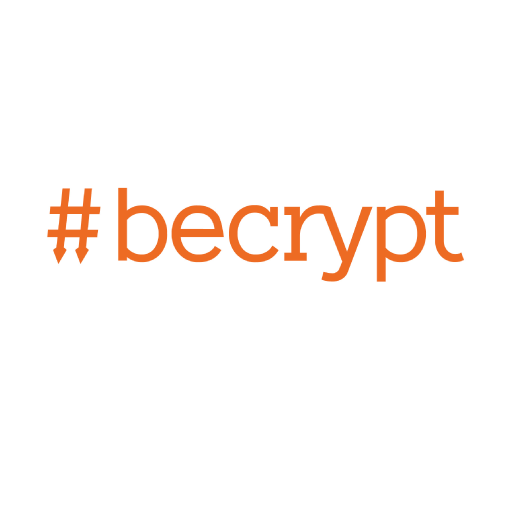The recent announcement of the Cyber Security and Resilience Bill[1] in the UK, demonstrates a recognition of the continued need to bolster defences against the increasing cyber threats targeting critical national infrastructure (CNI). With adversaries, including state-aligned groups and ransomware actors, continually evolving their tactics, the resilience of essential services such as water, power, defence and healthcare – has never been more crucial. In this landscape, organisations must remain vigilant and proactive in their cybersecurity measures. The MITRE ATT&CK®[2] framework stands out as a crucial tool for IT security professionals seeking to enhance their defences against sophisticated cyber adversaries. At Becrypt, we recognise the importance of this framework in assessing the security controls implemented by our innovative operating system and management platform, Paradox.
Understand MITRE ATT&CK
MITRE ATT&CK (Adversarial Tactics, Techniques, and Common Knowledge) is a globally accessible knowledge base that catalogues adversary tactics and techniques based on real-world observations. This framework provides a detailed understanding of the various phases of an adversary’s attack lifecycle and the platforms they target. By mapping their security measures against these established techniques, organisations can identify weaknesses, enhance detection and response capabilities, and prioritise actions based on specific adversary behaviours.

Paradox and MITRE ATT&CK Alignment
Paradox, our security-focused operating system, was developed in collaboration with the UK Government to meet the rigorous demands of modern cybersecurity. Designed specifically for secure access to cloud and online services, Paradox incorporates a defence-in-depth architecture that aligns closely with the first five tactics of the MITRE ATT&CK framework: gaining access, executing, persisting, elevating privileges, and evading defences.
- Gaining Access: Paradox minimises the attack surface by employing a stripped-down operating system devoid of unnecessary components that could introduce vulnerabilities. By removing general-purpose operating system features, Paradox limits avenues for attackers to gain initial access.
- Execution: With secure boot processes and cryptographic signatures for all software, Paradox ensures that only verified, unmodified applications are executed. This robust measure prevents the execution of malicious code that could compromise the endpoint.
- Persistence: Paradox employs a read-only system partition, which inhibits adversaries from establishing a foothold in the system. The architecture’s design ensures that any modifications or unauthorised attempts to persist are detected and blocked, significantly enhancing endpoint resilience.
- Privilege Escalation: By utilising a controlled application and user model with statically defined permissions, Paradox prevents unauthorised elevation of privileges. This design choice is essential in preventing sophisticated attacks that aim to gain elevated access within an organisation.
- Evasion: Paradox’s defence mechanisms, including system call monitoring and strict user credential management, create a layered defence that complicates adversaries’ efforts to evade detection. The architecture’s comprehensive monitoring capabilities ensure that any suspicious activity is promptly identified and addressed.
A Comprehensive Security Solution
The integration of the MITRE ATT&CK framework into the evaluation of Paradox’s security controls provides IT Security professionals with a robust methodology for assessing their cybersecurity posture. By leveraging this framework, organisations can not only educate themselves on potential vulnerabilities but also demonstrate to stakeholders how Paradox offers comprehensive protection against both commodity malware and sophisticated cyber threats.
Additionally, Paradox simplifies management by offering automated patching and centralised policy management, through its dedicated platform (Becrypt Enterprise Manager) which addresses a significant challenge in maintaining endpoint security. With the ability to roll back to a known good state in the event of a failure, organisations can ensure continuous protection across diverse hardware environments.
Conclusion
In a world where cyber threats are increasingly complex, adopting a structured approach like the MITRE ATT&CK framework is essential for organisations aiming to bolster their cybersecurity defences. Paradox stands as a testament to this commitment, providing a secure, efficient, and resilient operating system designed to meet the demands of today’s critical national infrastructure. By utilising MITRE ATT&CK to evaluate Paradox’s security controls, IT security professionals can ensure that they are not only protecting their organisations from current threats but are also prepared for the challenges of the future.
For more information on how Becrypt’s Paradox can enhance your cybersecurity posture, call +44 (0)845 838 2080 or email sales@becrypt.com
[1] Government announces new Bill to strengthen the UK’s cyber security and resilience (techuk.org)
© 2024 The MITRE Corporation. This work is reproduced and distributed with the permission of The MITRE Corporation.

